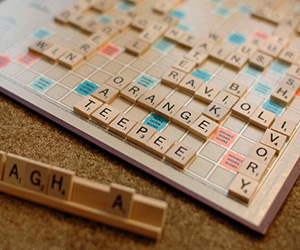This is your main working page for Microsoft for Content Creation. Use this page to find out what to name your files, see when projects are due, go to the online textbook and other resources for this course.
When you complete a unit, click the Completed button for that unit. If you mistakenly mark a unit as completed, contact your course guide (or just wait until you've actually completed it.)
- This course is based on Microsoft 365. If you are using some other version of Word and need help, contact admin@mcmassociates.io
- Links have been removed from this page. To take this fully linked course, contact admin@mcmassociates.io.
Note: If necessary, see Microsoft Word basics for basic tasks such as how to create, open, save files; apply typographical features such as fonts, type sizes, bold, italics; change margins to whole documents or two individual parts of; create and modify numbered and bulleted lists; create and modify tables; specify page numbers; insert and position graphics; zoom in and out on text; do search and replace; run spellchecks; hide or show text symbols and formatting bars; and so on.
Links have been removed from this page. To take this fully linked course, contact admin@mcmassociates.io.
Unit 1. Course Overview
Go to course overview to see how this course is set up.
Note: We can add units on tables and on vertical lists and sublists if you wish.
Unit 2. Character and Paragraph Styles
cover decimal-numbered headingsFollow the directions in character and paragraph styles to make developing your documents more consistent and efficient, practice creating and using paragraph and character styles for such common design features as headings; paragraphs; special paragraphs; bulleted, numbered and nested lists; notices; highlighting and other special font requirements.
| Recommended due date: unit_date |
Unit 3. Simple Procedure in Word
Note: Skip this unit if you are not interested in writing practice.
First, use the instructions guide pages to study essential aspects of instructions including audience analysis, writing style, vertical lists, and special notices.
Use what you've learned so far about Word and standard formatting to write a simple one- or two-page procedure.
| Recommended due date: unit_date |
Unit 4. Templates
Follow the directions in Word templates to learn about the templates supplied with Microsoft Word. Learn how to use them, whether you can change from one to another in an existing document, and where those templates live in your file system.
| Recommended due date: unit_date |
Unit 5. Autotext
Follow the directions in Autotext to learn about and practice using AutoTexts—potentially labor-saving methods for including or globally changing common text strings and ensuring greater consistency.
| Recommended due date: unit_date |
Unit 6. Page Layout in MS Word Templates
Follow the directions in customized templates & page layout to learn and practice how to specify page margin and pagination requirements. Learn how save all of these specifications in a template file and apply that template to other documents.
| Recommended due date: unit_date |
Unit 7. Microsoft Word Modeling Project
Note: Skip this unit if it does not meet your needs.
Use the modeling project to get some practice using Word to format user-guide information.
| Recommended due date: unit_date |
Unit 8. Microsoft Build Word Document Project
In this unit, you combine 10 separate Word files into one and ensure that all numbering streams (page numbers, chapter numbers, figure and tanle numbering) are correct.
Note: Skip this unit if it does not meet your needs.
Use the build project to get some practice combining multiple Word fileds into a single file.
Complete this course by unit_date
Information and programs provided by admin@mcmassociates.io.
